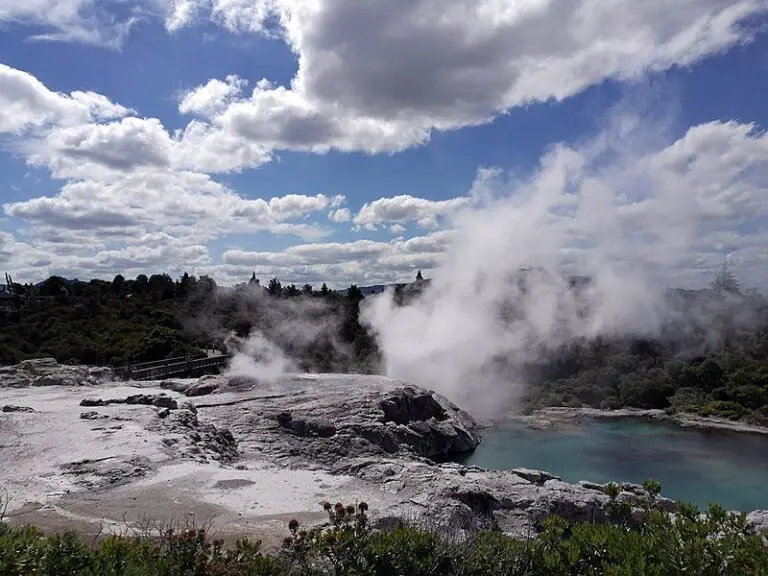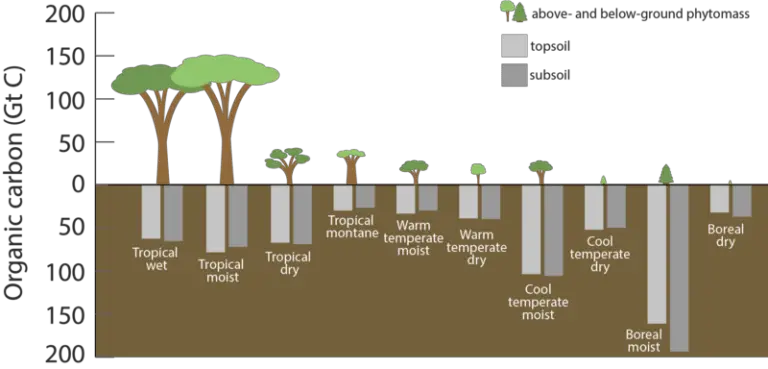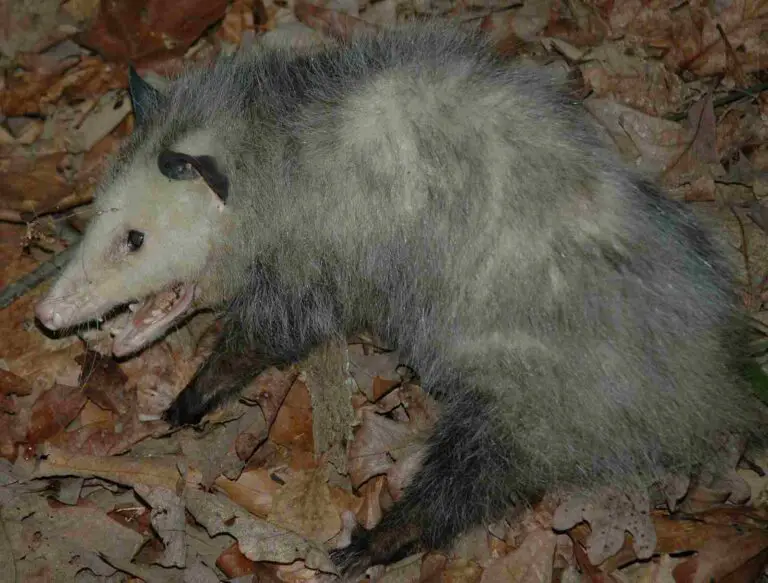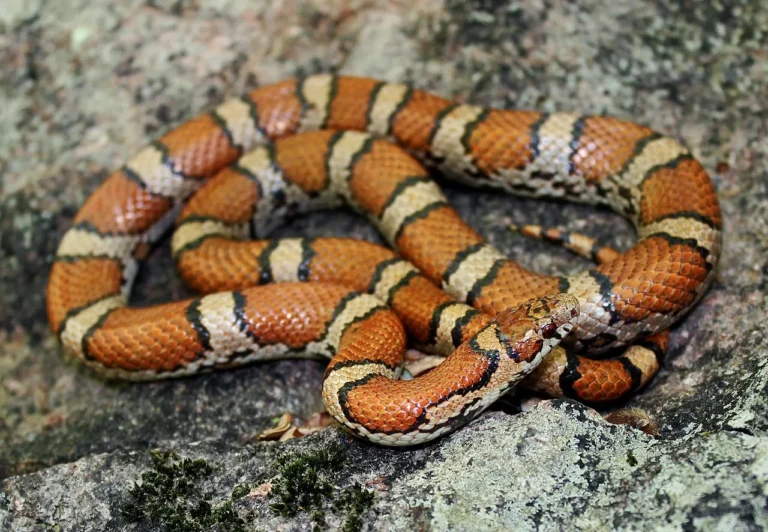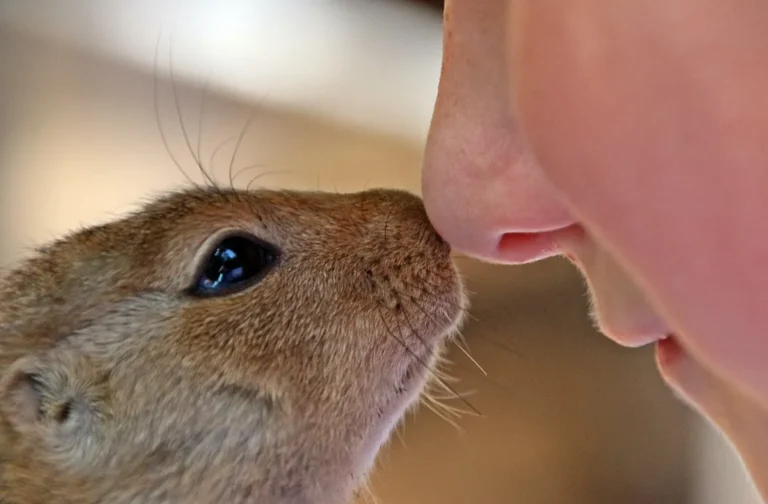Gopher Snakes Description, Facts and Classification
The gopher snake (Pituophis catenifer) is a highly adaptable and ecologically significant species found across North America. Its diverse adaptations, from mimicry to specialized dentition, contribute to its success as a generalist predator in various habitats. Crucial for pest control, the gopher snake plays a key role in regulating rodent populations, influencing nutrient cycling, and shaping ecosystem dynamics. Conservation efforts should consider localized threats, and caution is warranted in domestication due to potential ecological impacts.
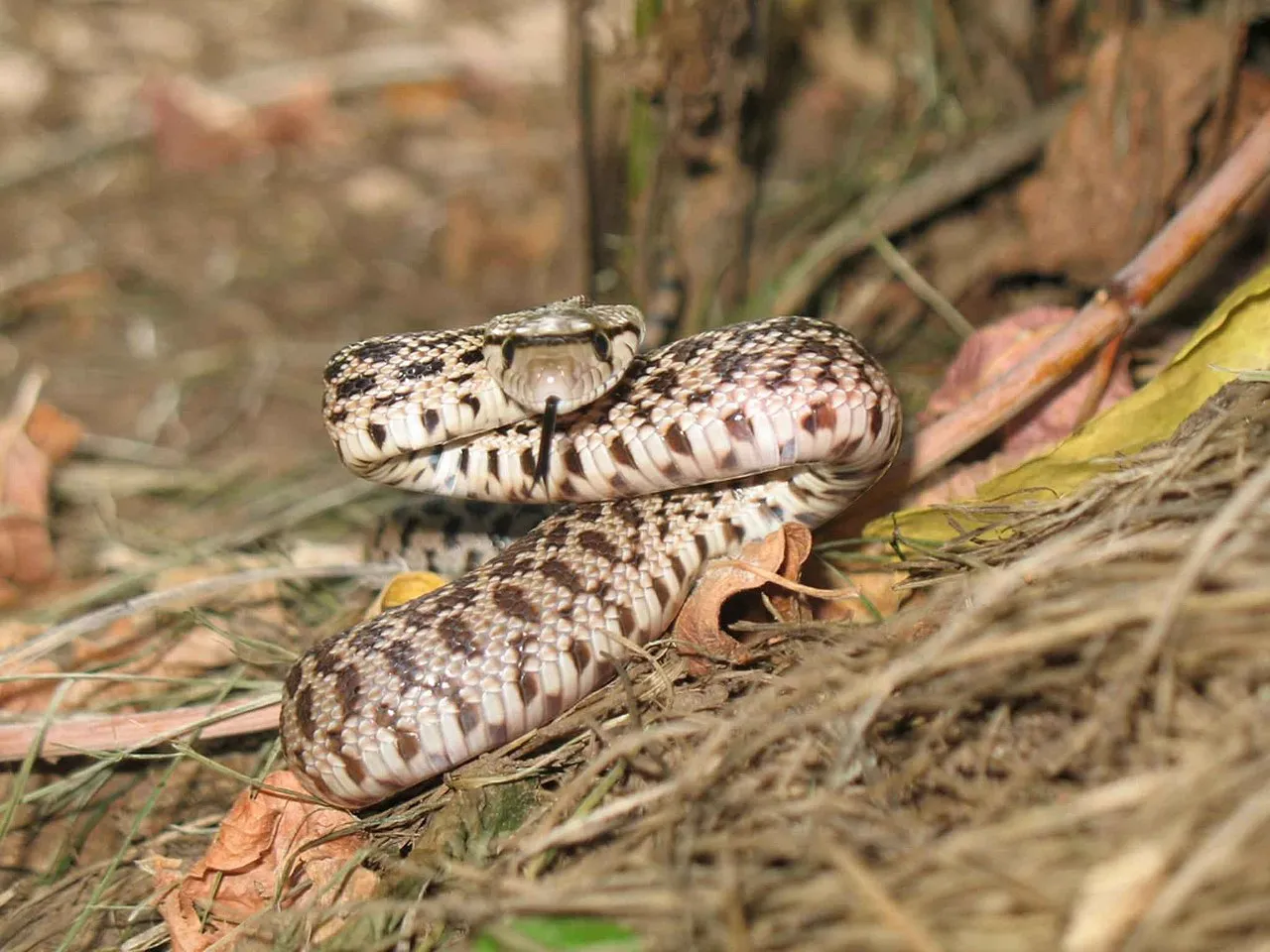
| Criteria |
Details and Ecological Implications
|
| Scientific Classification |
Pituophis catenifer, Colubridae family.
|
| Subspecies |
Various, e.g., P. c. sayi. Regional adaptations impact biodiversity and conservation strategies.
|
| Size and Weight |
3-7 feet, moderate weight. Adaptability aids in accessing diverse habitats and controlling prey populations.
|
| Appearance and Identification |
Keeled scales, diverse coloration for camouflage. Adaptability contributes to their success as generalist predators.
|
| Dentition and Bite Force |
Nonvenomous, constricting prey. Specialized dentition regulates prey species, maintaining ecological balance.
|
| Venom |
Nonvenomous. Reliance on constriction highlights their ecological role in predator-prey dynamics.
|
| Diet |
Opportunistic feeders, control rodent populations. Crucial for pest control and ecosystem health.
|
| Behavior |
Mimicry of rattlesnake behaviors as a defense mechanism. Behavioral traits influence predator-prey interactions and ecosystem dynamics.
|
| Sounds/Vocalization |
Hissing sounds mimic rattlesnakes, deterring predators. Communication strategies contribute to survival and ecological success.
|
| Habitat |
Diverse habitats, including grasslands, deserts, and forests. Adaptability influences nutrient cycling, seed dispersal, and ecosystem structure.
|
| Geographic Range and Distribution |
North America, from Canada to Mexico. Distribution impacts local ecosystems and food web dynamics.
|
| Tracks |
Leave distinct tracks aiding researchers in understanding movement patterns and ecological interactions.
|
| Reproduction |
Sexual reproduction, laying clutches of eggs. Reproductive behaviors contribute to population dynamics and genetic diversity.
|
| Lifespan |
12-15 years. Long-term impact on ecosystems through prey regulation and participation in nutrient cycling.
|
| Major Adaptations |
Mimicry, specialized dentition, and habitat adaptability. Enhance survival and ecological impact.
|
| Conservation Status |
Generally not threatened, but localized risks exist. Monitoring is crucial for effective conservation measures.
|
| Domestication and Suitability as a Pet |
Rarely domesticated. Ethical considerations and potential impact on ecosystems must be addressed.
|
1. Scientific Classification
The gopher snake, scientifically classified as Pituophis catenifer, belongs to the Colubridae family. This species falls under the genus Pituophis, which comprises various other nonvenomous snakes commonly known as gopher snakes or pine snakes. As a colubrid, it shares its family with a diverse array of snakes, including rat snakes and kingsnakes.
Gopher snakes exhibit notable variations in their coloration and patterns across their range, showcasing the adaptability of this species to different environments. These snakes are renowned for their mimicry of rattlesnake behavior when threatened, utilizing their body shape, coloration, and even hissing sounds to deter potential predators.
This scientific classification serves as a foundational understanding, paving the way for a more in-depth exploration of the gopher snake’s ecological role and significance in various ecosystems.
2. Subspecies
The gopher snake (Pituophis catenifer) encompasses various subspecies, each adapted to specific environments and exhibiting unique characteristics. Subspecies, such as P. c. sayi (bullsnake) and P. c. affinis, can be found across North America. Understanding these distinctions is crucial for researchers and conservationists to assess regional biodiversity and implement targeted conservation strategies. The diversity of gopher snake subspecies contributes to the overall richness of ecosystems, playing a role in maintaining balanced predator-prey relationships and ensuring ecological stability.
3. Size and Weight
Gopher snakes display considerable size variation, with adults typically ranging from 3 to 7 feet in length. Their moderate weight, coupled with their adept climbing abilities, allows them to access various niches within their habitat. As efficient predators, gopher snakes help control rodent populations, influencing the delicate balance of prey species and preventing overpopulation. This ecological role underscores their significance in maintaining the health of ecosystems by controlling pest populations and supporting overall biodiversity.
4. Appearance and Identification
Characterized by a distinct appearance, gopher snakes often have keeled scales, giving them a slightly rough texture. Their coloration varies widely, mimicking the local environment, which aids in camouflage. This adaptability plays a crucial role in their survival, enabling them to blend seamlessly into diverse habitats. The ability to adapt their appearance contributes to their ecological success as generalist predators, allowing them to thrive in a range of ecosystems without being restricted by specific visual cues.
5. Dentition and Bite Force
Gopher snakes possess a series of teeth designed for seizing and constricting prey rather than injecting venom. Their bite force is adapted for restraining and subduing small mammals, birds, and eggs. This specialized dentition highlights their role as important predators in their ecosystems, helping to control populations of rodents and other small animals. By regulating prey species, gopher snakes contribute to the overall health and balance of ecosystems, preventing unchecked growth of certain populations that could negatively impact vegetation and other wildlife.
6. Venom
Gopher snakes are nonvenomous, lacking the potent toxins found in some snake species. While they can mimic the defensive behaviors of venomous snakes, their ecological role as nonvenomous predators emphasizes the importance of alternative means for capturing and subduing prey. This adaptation contributes to a complex web of predator-prey interactions, with gopher snakes relying on constriction and physical strength to secure their meals, influencing the distribution and abundance of their prey in their respective ecosystems.
7. Diet
Gopher snakes are opportunistic feeders, preying on a variety of small mammals, birds, and eggs. Their diet includes rodents such as mice and gophers, providing a natural form of pest control in the ecosystems they inhabit. By regulating rodent populations, gopher snakes indirectly impact vegetation and other fauna, playing a vital role in maintaining ecological balance. The availability of diverse prey items in their diet allows them to adapt to various environments, showcasing their flexibility as ecological contributors.
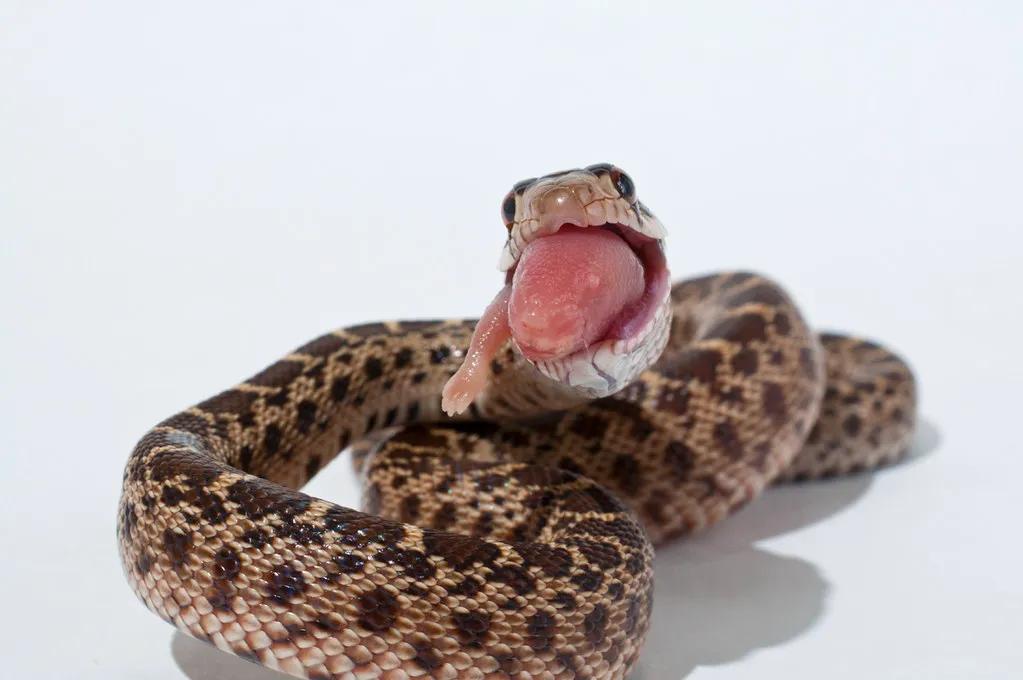
8. Behavior
The behavior of gopher snakes is characterized by their adaptability to different environments and their ability to mimic the warning signs of venomous snakes. This behavior serves as a defense mechanism against potential predators, emphasizing the ecological importance of their role in maintaining a balance within the food chain. The behavioral traits of gopher snakes contribute to their survival and influence the interactions within their ecosystems, showcasing the intricate connections between species in the wild.
9. Sounds/Vocalization
While not known for elaborate vocalizations, gopher snakes produce hissing sounds when threatened. This behavior mimics the rattlesnake’s warning, deterring potential predators. The ecological implication of these sounds lies in their role as a defensive mechanism, aiding the snake’s survival by reducing the likelihood of predation. This behavior showcases the interconnectedness between communication strategies and ecological functions, highlighting the importance of these adaptations for the overall success of the species in their respective habitats.
10. Habitat
Gopher snakes inhabit a diverse range of ecosystems, including grasslands, deserts, scrublands, and forests. Their adaptability to various habitats allows them to fulfill unique ecological roles in different environments. By residing in these diverse landscapes, gopher snakes contribute to the intricate balance of their respective ecosystems, participating in nutrient cycling, seed dispersal, and influencing the abundance and distribution of other species within their habitat.
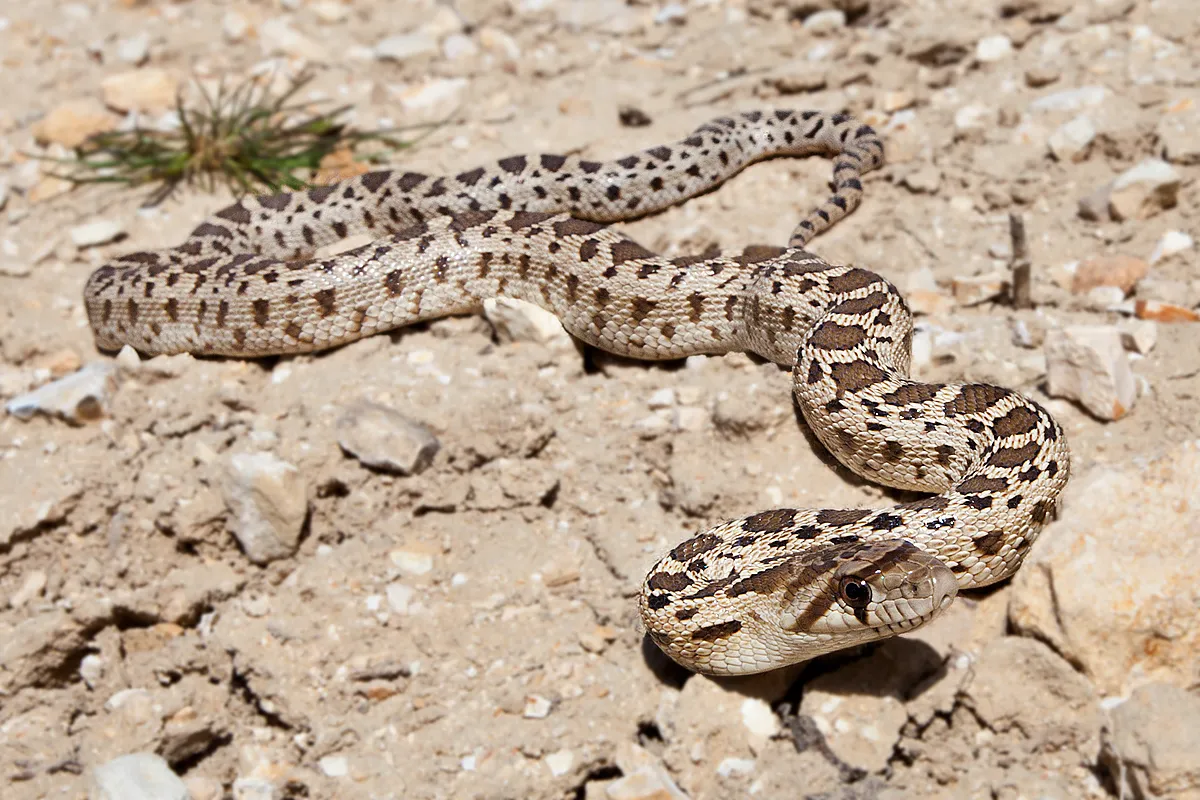
11. Geographic Range and Distribution
The gopher snake’s geographic range spans across North America, from Canada to Mexico. Their distribution influences the dynamics of local ecosystems, impacting prey populations and shaping the structure of the food web. Studying the distribution of gopher snakes aids conservationists in understanding regional biodiversity, identifying potential threats, and implementing measures to protect the species and maintain ecological equilibrium.
12. Tracks
Gopher snakes leave distinct tracks in their habitats, showcasing their movement patterns and providing valuable ecological insights. Tracking these patterns assists researchers in understanding the snake’s behavior, preferred habitats, and seasonal movements. By interpreting these tracks, scientists can gain a deeper understanding of the ecological interactions between gopher snakes and their environment, helping to inform conservation strategies and protect their natural habitats.
13. Reproduction
Gopher snakes reproduce through sexual reproduction, with females laying clutches of eggs. This reproductive strategy influences population dynamics and genetic diversity within the species. The survival of offspring is vital for the continued success of gopher snakes in their ecosystems, and understanding their reproductive habits is crucial for conservation efforts. Reproductive behaviors, such as nesting and incubation, contribute to the ecological significance of gopher snakes, ensuring the persistence of their populations in various habitats.
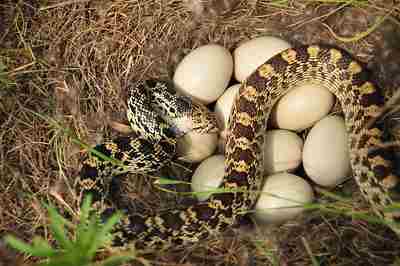
14. Lifespan
The average lifespan of gopher snakes in the wild typically ranges from 12 to 15 years. Understanding the lifespan of these snakes is essential for comprehending their long-term ecological impact within their respective habitats. Over their lifetime, gopher snakes contribute to the intricate ecological balance by influencing prey populations, participating in nutrient cycling, and serving as both predators and potential prey for other species.
15. Major Adaptations
Gopher snakes exhibit several major adaptations, including their mimicry of rattlesnake behaviors, specialized dentition for prey capture, and their ability to thrive in diverse habitats. These adaptations enhance their survival and ecological impact, allowing them to occupy various niches within ecosystems. The flexibility and versatility of these adaptations emphasize the gopher snake’s significance in maintaining biodiversity and ecological stability.
16. Conservation Status
As of my last knowledge update in January 2022, gopher snakes, in general, do not face significant conservation threats. However, localized threats such as habitat loss, road mortality, and persecution by humans can impact certain populations. Continuous monitoring of their conservation status is vital to implementing effective conservation measures. The conservation of gopher snakes contributes to preserving the integrity of their ecosystems, ensuring the health and balance of these environments for other species coexisting within them.
17. Domestication and Suitability as a Pet
Gopher snakes are not commonly domesticated due to their wild behaviors and specific habitat requirements. While some individuals may keep them as pets, their suitability depends on adherence to ethical and legal considerations, such as obtaining captive-bred specimens and providing appropriate care. The potential for introducing non-native species into new environments emphasizes the ecological responsibility associated with keeping gopher snakes as pets, underscoring the need for informed decisions regarding their captivity and potential impacts on local ecosystems.
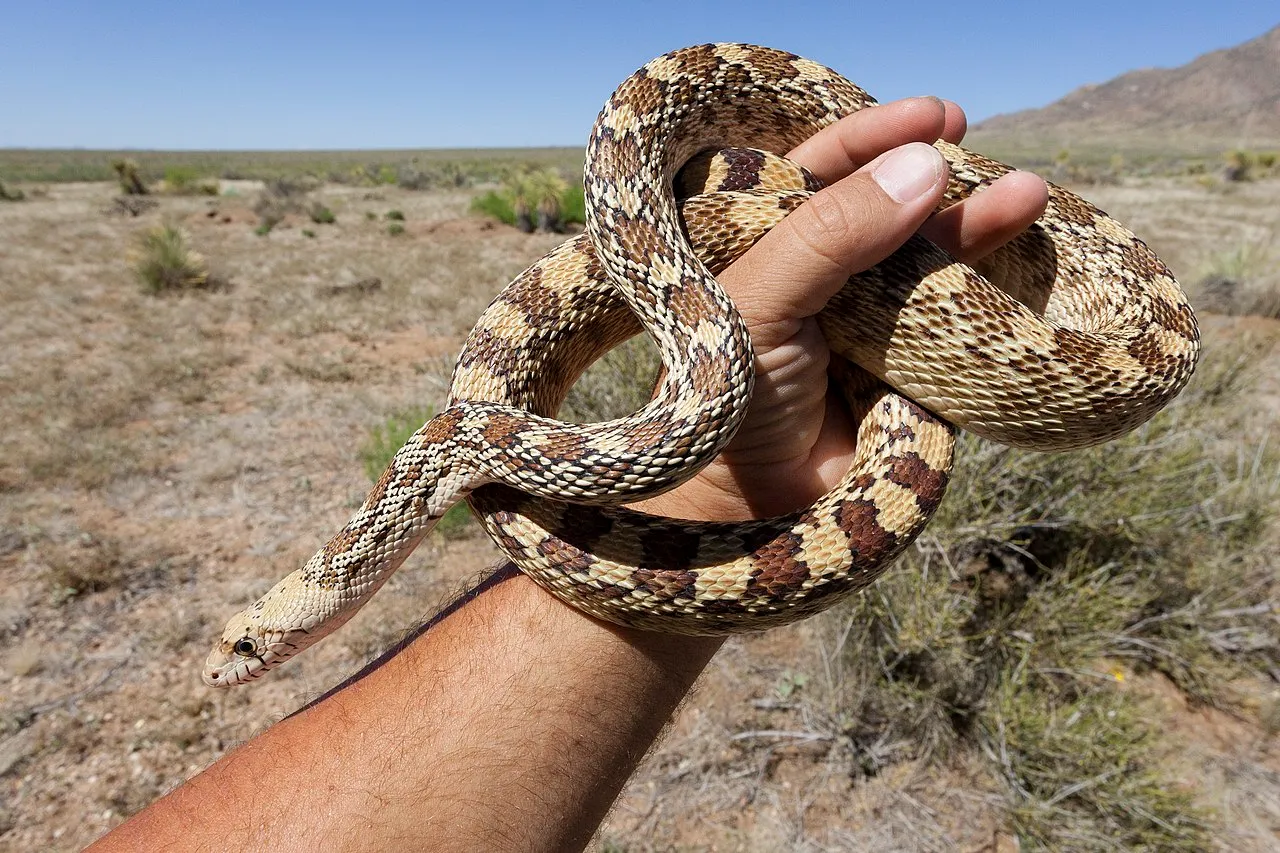
Summary of Information
Scientific Classification: Pituophis catenifer, Colubridae family.
Subspecies: Various, e.g., P. c. sayi. Regional adaptations impact biodiversity and conservation strategies.
Size and Weight: 3-7 feet, moderate weight. Adaptability aids in accessing diverse habitats and controlling prey populations.
Appearance and Identification: Keeled scales, diverse coloration for camouflage. Adaptability contributes to their success as generalist predators.
Dentition and Bite Force: Nonvenomous, constricting prey. Specialized dentition regulates prey species, maintaining ecological balance.
Venom: Nonvenomous. Reliance on constriction highlights their ecological role in predator-prey dynamics.
Diet: Opportunistic feeders, control rodent populations. Crucial for pest control and ecosystem health.
Behavior: Mimicry of rattlesnake behaviors as a defense mechanism. Behavioral traits influence predator-prey interactions and ecosystem dynamics.
Sounds/Vocalization: Hissing sounds mimic rattlesnakes, deterring predators. Communication strategies contribute to survival and ecological success.
Habitat: Diverse habitats, including grasslands, deserts, and forests. Adaptability influences nutrient cycling, seed dispersal, and ecosystem structure.
Geographic Range and Distribution: North America, from Canada to Mexico. Distribution impacts local ecosystems and food web dynamics.
Tracks: Leave distinct tracks aiding researchers in understanding movement patterns and ecological interactions.
Reproduction: Sexual reproduction, laying clutches of eggs. Reproductive behaviors contribute to population dynamics and genetic diversity.
Lifespan: 12-15 years. Long-term impact on ecosystems through prey regulation and participation in nutrient cycling.
Major Adaptations: Mimicry, specialized dentition, and habitat adaptability. Enhance survival and ecological impact.
Conservation Status: Generally not threatened, but localized risks exist. Monitoring is crucial for effective conservation measures.
Domestication and Suitability as a Pet: Rarely domesticated. Ethical considerations and potential impact on ecosystems must be addressed.
